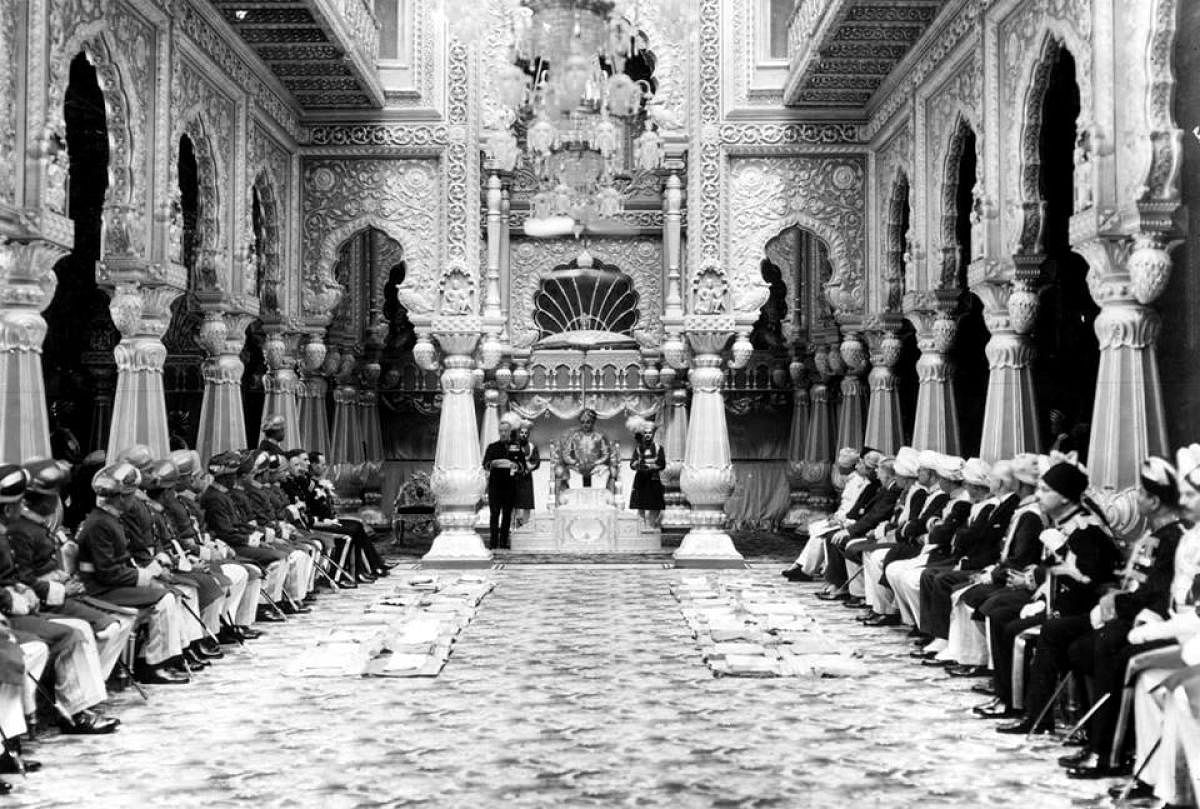The last Maharaja of Mysore, Jayachamarajendra Wadiyar was born on July 18, 1919. Jayachamarajendra was the son of the heir apparent, Kanteerva Narasimharaja Wadiyar, whose older brother, Krishna Raja Wadiyar IV was the king from 1884 to 1940. He adopted Jayachamarajendra as his son so that he could succeed him as the 25th Maharaja of Mysore. Jayachamarajendra became king after the death of Krishna Raja Wadiyar IV in August 1940. Besides being a popular ruler, Jayachamarajendra Wadiyar was known as the scholar among princes for his scholarly pursuits.
His early education was in the Royal School of Mysore and he later joined the Intermediate College, where his subjects were History, Economics and Politics. He also took a keen interest in Carnatic music, art, religious studies and sports. He took forward the work of his uncle in shaping Mysore as a modern state during his seven-year rule.
One of the fields that witnessed phenomenal development during the reign of Jayachamarajendra Wadiyar was education. The government’s grants saw an increase and the number of primary and middle schools increased. It is said that as many as 4,500 adult education classes were being conducted in the region. Other fields like medical, health, agriculture, industry and rural welfare also witnessed great strides under his rule.
After the World War II, in the wake of the agitation for responsible governance, and the struggle of an independent India, the princely states had no choice but to join the Dominion.
Jayachamarajendra Wadiyar signed the Instrument of Accession on August 9, 1947, and the first government was set up on October 27, 1947 in Mysore. With the formation of the Republic of India on January 26, 1950, he lost his ruling powers, and with the abolition of privy purses in 1971, he lost on the payments made by the government to the royal families.
Under the Government of India, he was appointed the Rajpramukh of Mysore and subsequently the governor of then Mysore and Madras states. In spite of losing his powers, the Maharaja is said to have adapted to the change rather gracefully. This was evident in an address he gave on the occasion of his 37th birthday. In response to the chief minister’s address he said, “You have referred in your address to what your generosity has termed my ‘sacrifice.’ I do not look upon it as such. If destiny had decreed that over the past few centuries the progress and prosperity of the people of this beloved state should be in the hands of the Wadiyars of Mysore, then that same destiny now ordains that the time is ripe for the people, now grown to full political stature in a free democratic republic, to rule themselves...The rule of the Maharajas has indeed fulfilled its purpose, the purpose of making the people fit to rule themselves.” The Maharaja was popular for his inspiring speeches. In his radio talk in 1958, he said, “It is important that the freedom we have attained after a hundred years of struggle should be felt and enjoyed by the millions. Let us aspire to achieve the Rama Rajya of Gandhiji’s dreams.’’
He was also known to be philosophically inclined, his favourite subjects were Veda, Vedanta, music and art. He was well known for his scholarly pursuits in India and abroad. Foreign universities invited him to deliver lectures and he represented the Indian government as a cultural ambassador. His famous works include Dattatreya: The Way & The Goal, Gita and Indian Culture, and Religion and Man.
Jayachamarajendra Wadiyar breathed his last on September 23, 1974 in Bangalore Palace. Two years ago, a statue was unveiled in Hardinge Circle in Mysore, where he stands alongside his predecessors, who contributed a great deal in establishing Mysore as a modernised state.
